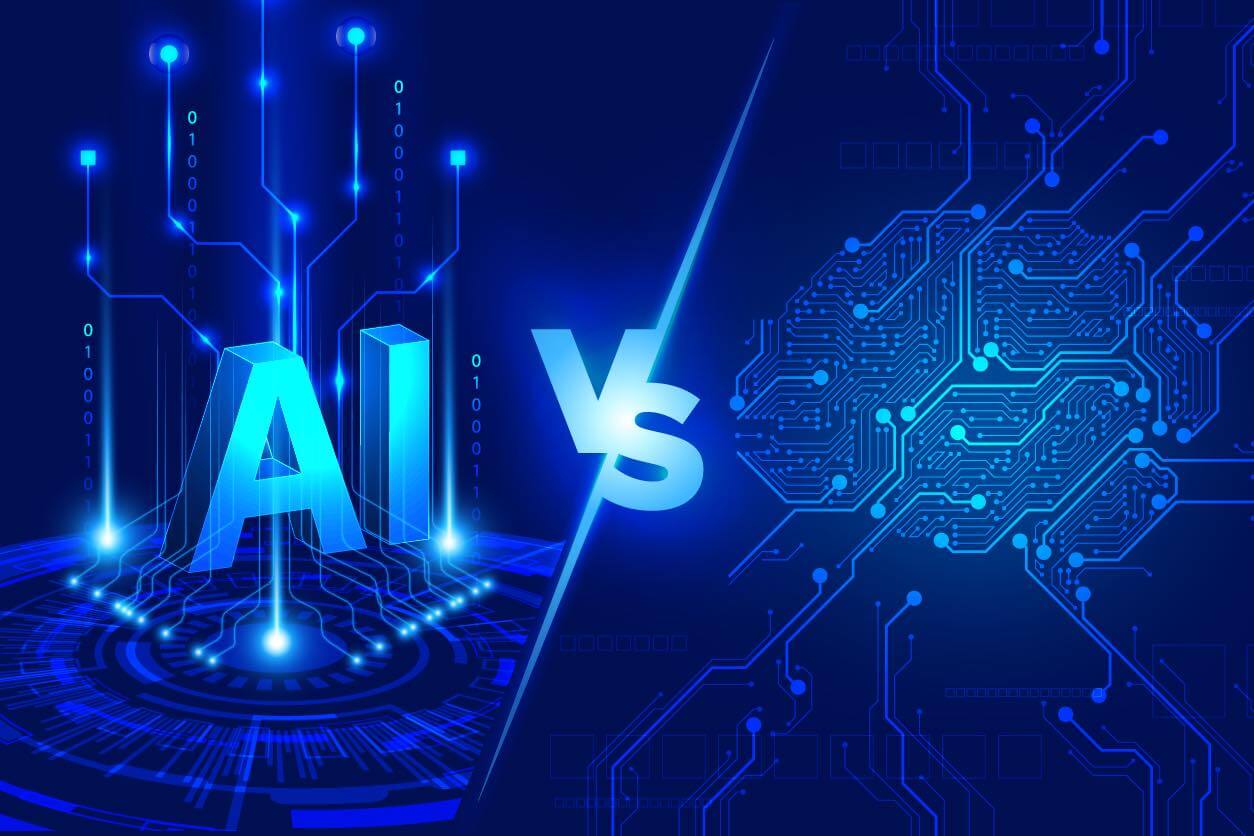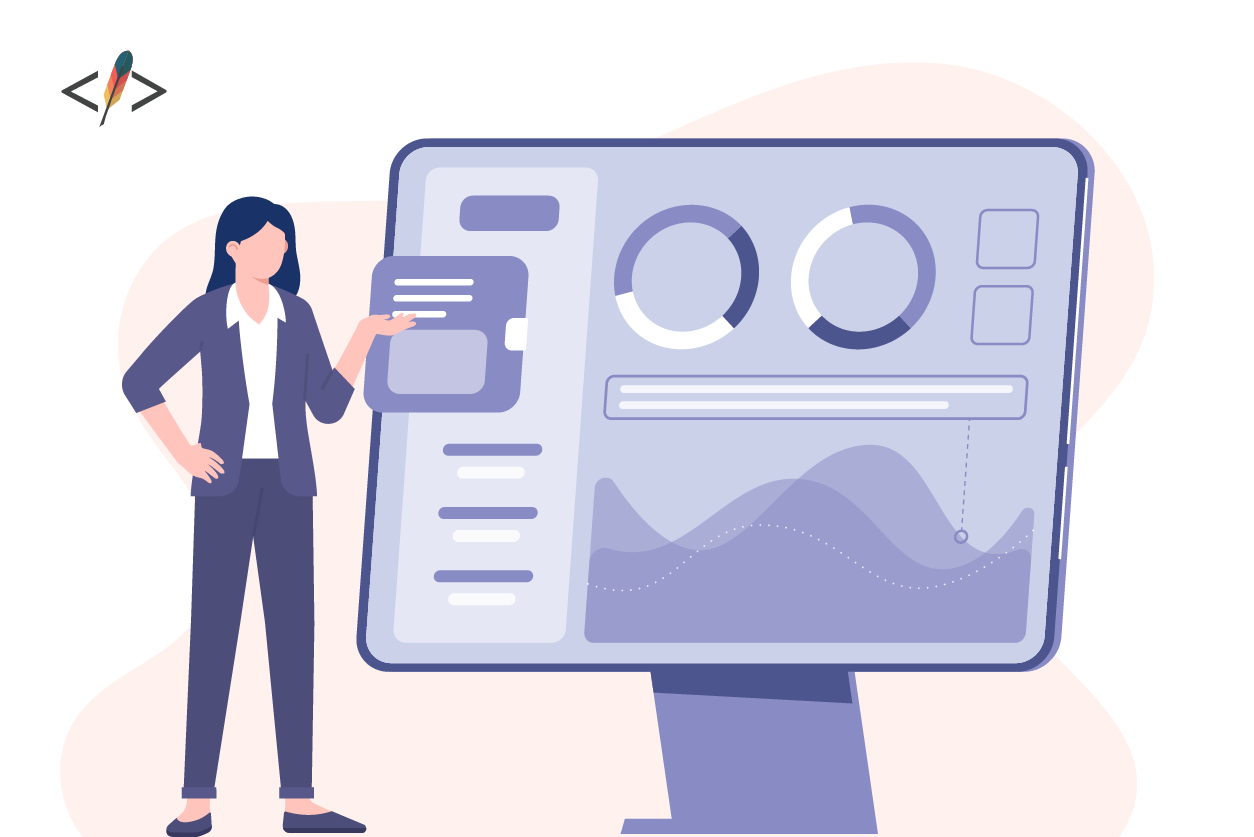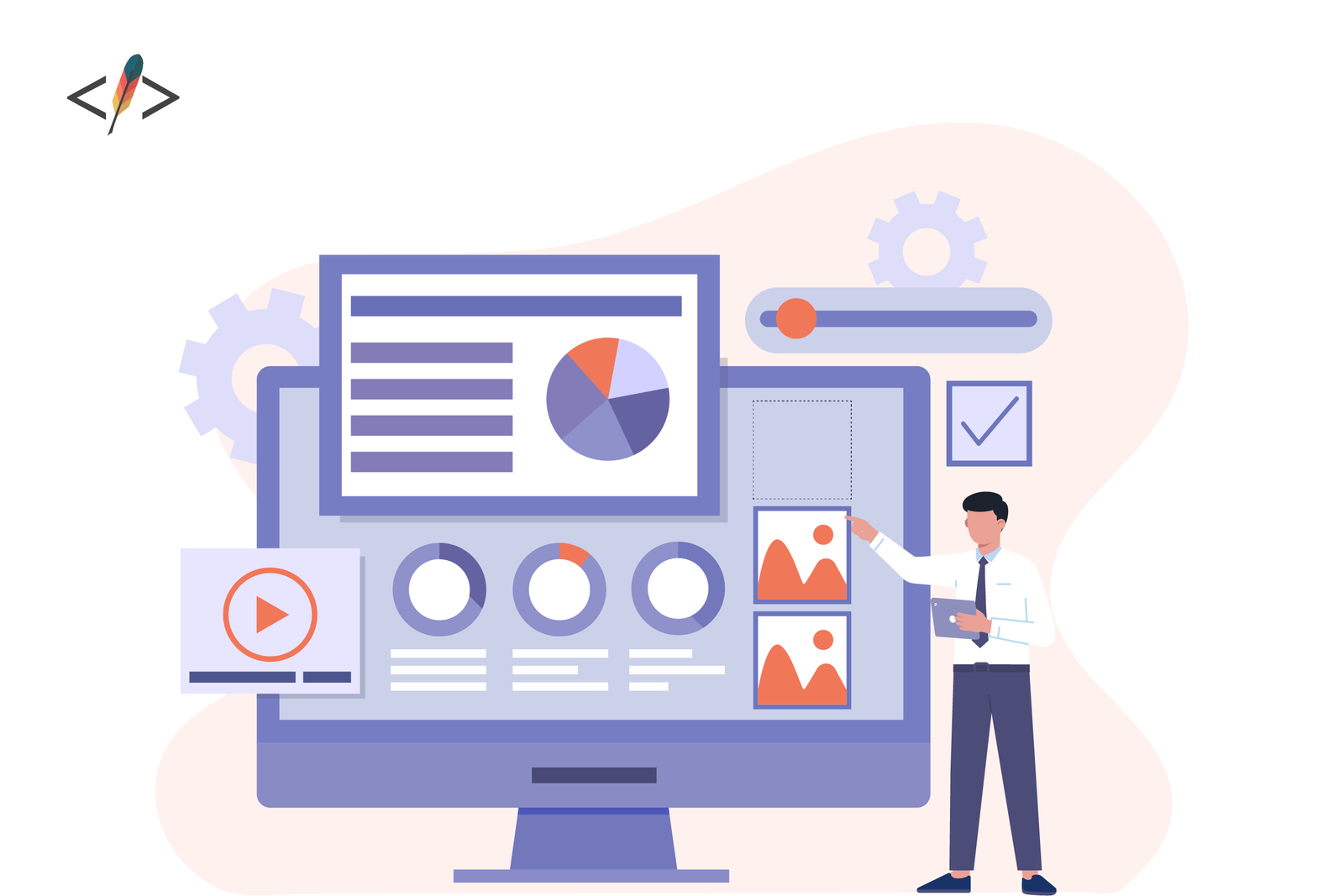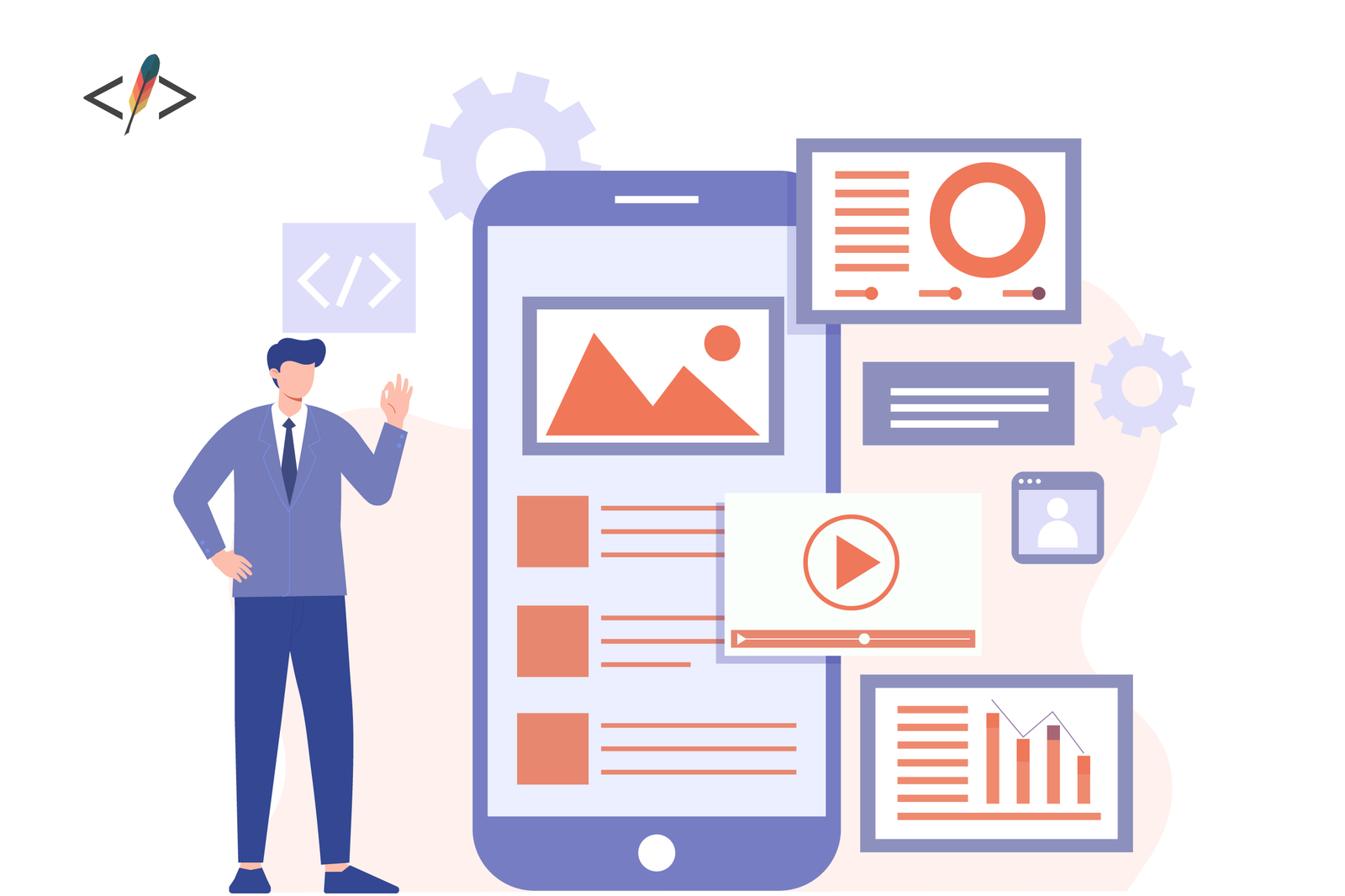

Are AI & Machine Learning the Same?
Have you ever wondered about the differences between AI and machine learning? In this article, we will examine the mechanics of both, define their distinctions, and dive into their applications in web development. Though AI and machine learning are fascinating technologies, they do not eliminate the necessity for proficient human developers. Join us as we demystify these concepts!

Have you ever wondered about the differences between AI and machine learning? In this article, we will examine the mechanics of both, define their distinctions, and dive into their applications in web development. Though AI and machine learning are fascinating technologies, they do not eliminate the necessity for proficient human developers. Join us as we demystify these concepts!
What Is AI?
AI, which stands for Artificial Intelligence, refers to machines performing tasks in ways that appear smart or clever to us, such as:
- Understanding and Processing Language: Chatbots or voice assistants, such as Siri or Alexa.
- Recognizing Patterns: Facial recognition in security systems or object recognition in images.
- Making Decisions: Recommending products on shopping websites or playing games like chess.
- Problem-solving: Finding solutions to complex problems, such as optimizing routes for delivery trucks.
How AI Works
Here are the five steps AI systems follow:
- Data Input: AI systems start by taking in data, like images, text, or speech.
- Processing: They analyze this data using algorithms, which are rules or instructions.
- Learning: Some AI systems learn from this data (this is machine learning). They find patterns and improve over time.
- Decision Making: AI uses the analyzed data to make decisions or predictions.
- Action: Finally, AI performs tasks based on its decisions, like recognizing faces, answering questions, or recommending products.
In essence, AI leverages data to make informed decisions and executes those decisions in a way that makes it appear as though they have the same capabilities as a human.
AI Examples (That Are Not Machine Learning)
AI examples include anything from robotic automation to advanced analytics systems, such as:
- Rule-based Systems: AI systems that operate according to predefined rules, such as Microsoft Outlook’s email filter for spam keywords.
- Expert Systems: AI that emulates human expertise, such as diagnosing medical conditions based on symptoms.
- Natural Language Processing (NLP): AI that comprehends language through grammar rules, without relying on data-driven learning.
- Genetic Algorithms: Algorithms that generate solutions by evolving based on predetermined rules, similar to natural selection.
- Knowledge Representation and Reasoning (KRR): AI that stores knowledge and employs logic to derive conclusions without learning from that data.
What Is Machine Learning?
Machine learning (ML) is a subset of AI and, as the name indicates, involves machines learning from data. Instead of explicit programming with instructions for every task, machine learning algorithms are crafted to:
- Learn from Data: By analyzing vast datasets, they pinpoint patterns and make projections or decisions based on that information.
- Improve Over Time: These algorithms enhance their performance as they process more data. For instance, a spam filter becomes increasingly adept at identifying spam emails as it analyzes more messages.
- Adapt to New Situations: ML systems can adjust to new data, enhancing flexibility and utility across various applications.
How Machine Learning Works
Machine learning involves six essential steps. After a user collects substantial data pertinent to the task and inputs this data into a machine learning algorithm, the machine:
- Learns: Identifies patterns and derives insights from the data.
- Creates a Model: Develops a model based on the acquired knowledge.
- Tests: Evaluates the model with new data to assess its performance.
- Improves: Refines and enhances the model based on testing outcomes.
In summary, machine learning utilizes data to learn, construct models, and progressively improve task performance.
Machine Learning Examples
Machine learning is transforming industries through various advanced systems, including:
- Recommendation Systems: Platforms like Netflix suggest movies based on previous viewing habits.
- Language Translation Tools: Google Translate leverages extensive text data to facilitate language translation.
- Image Recognition Software: Facial recognition technology enhances security systems and identifies objects in photographs.
- Spam Filters: By recognizing patterns, email systems learn to detect and filter spam messages.
- Predictive Analytics: Models in finance and marketing predict future trends or customer behavior based on historical data.
Machine Learning vs AI—What’s the Difference?
Machine learning falls under the broader umbrella of AI, but not all AI is machine learning. In other words, AI enables machines to perform tasks that require human-like intelligence, whereas machine learning is a specific subset of AI that trains machines using data.
AI has a wider range of applications than ML, including robotics, natural language processing (NLP), and expert systems. However, machine learning applications are currently more limited and include functions such as recommendation systems, language translation, image recognition, and predictive analytics.
AI & Machine Learning in Web Development
Website developers have started using AI and machine learning in several ways:
- Personalization: Utilizing AI to customize content based on user behavior.
- Chatbots: Creating AI-powered chatbots for round-the-clock customer support.
- SEO: Leveraging AI tools to enhance search engine rankings.
- Analytics: Employing machine learning to analyze user data and optimize site performance.
- Automation: Streamlining operations by automating repetitive tasks such as test writing and documentation generation.
Why Professional Human Web Developers Are Still Necessary
Despite the utilization of AI and machine learning in web development, these technologies cannot replace human web developers in the following essential areas:
- Creativity: AI is incapable of true creativity and cannot create truly original works which require human ingenuity.
- Complex Problem-Solving: Human developers excel at tackling intricate tasks that are still well-beyond the scope of AI’s capabilities.
- Quality Control: AI systems are susceptible to errors and data misinterpretations, requiring human oversight to ensure adherence to accepted coding standards.
- Adaptability: Human developers possess the agility to pivot and adapt to evolving technological landscapes and unique project demands.
- Further Complications: AI is creating an uncharted gray area in both ethical and legal spheres. As the issues are hotly debated, only time will tell how the industry navigates the regulation of this powerful tool.
The creativity, problem-solving prowess, and customization expertise offered by human developers remain irreplaceable by AI.
AI and Codepoet’s Custom Website Development Services
AI is changing the way the world works. However, AI can’t do it alone—harnessing the strength of AI while partnering with a seasoned human development team is pivotal to crafting an exceptional website.
At Codepoet, we excel at custom website development by integrating the best of AI capabilities with unparalleled human expertise. Contact us today to achieve your business goals through a bespoke website solution!



